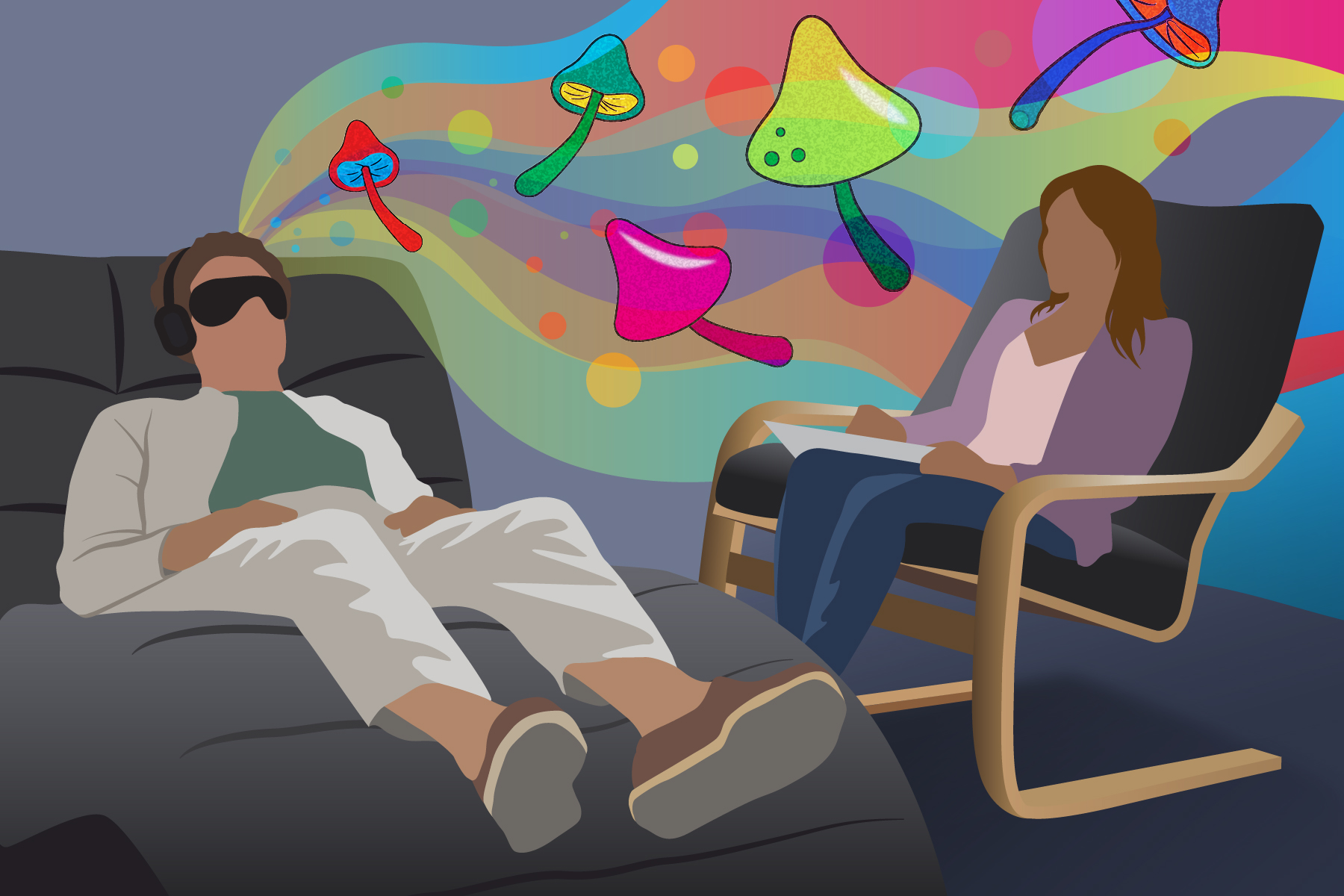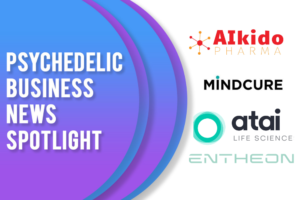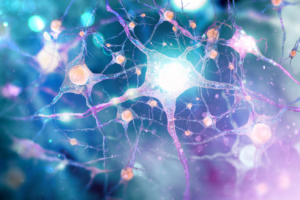
In recent years, there has been a resurgence of interest in the therapeutic potential of psychedelic substances. Psychedelic integration therapy, a specialized form of psychotherapy, has emerged as a vital tool in the safe and effective use of these substances for personal growth, healing, and transformation. This article delves into the world of psychedelic integration therapy, exploring its principles, benefits, and the role it plays in maximizing the positive outcomes of psychedelic experiences.
What is Psychedelic Integration Therapy?

Whether someone knows it or not, psychedelics offer a period after their trip that allows them to reexamine themselves and interpret the insights they got during their experience in the context of their lives. By examining these insights, individuals can begin to incorporate them into their daily lives, thus integrating them. This process of post-psychedelic trip introspection is called integration.
Psychedelic integration therapy is a therapeutic approach designed to support individuals in making sense of their psychedelic experiences and integrating them into their everyday lives. These experiences, induced by substances like psilocybin, LSD, or MDMA, often lead to profound shifts in perception, emotions, and consciousness. However, without proper guidance and processing, these shifts can be challenging to comprehend and integrate into one’s life. Psychedelic integration therapy is an active introspective process.
The main objective of integration therapy is to help individuals integrate the insights, emotions, and new perspectives gained from their psychedelic experiences, fostering lasting positive changes in their mental, emotional, and behavioral patterns.
Key Principles of Psychedelic Integration Therapy
- Non-judgmental Space: Integration therapy provides a safe and non-judgmental space for individuals to share their psychedelic experiences openly. This allows them to explore and discuss any challenging or enlightening aspects of their journey without fear of criticism.
- Therapeutic Alliance: A strong therapeutic alliance between the therapist and the individual is crucial for effective integration. Trust and rapport allow for a deeper exploration of emotions and thoughts, enabling a more profound integration process.
- Personalized Approach: Each individual’s psychedelic experience is unique, and therefore, the integration therapy process is tailored to the specific needs, goals, and personality of the individual.
- Mindfulness and Self-Reflection: Integration therapy often incorporates mindfulness techniques and encourages self-reflection. These practices help individuals observe their thoughts and emotions without attachment and cultivate a deeper understanding of themselves.
- Creative Expression: Art, music, and other creative forms of expression are frequently employed in integration therapy. They can serve as powerful tools for individuals to externalize and explore the complexities of their experiences.
What Does Psychedelic Integration Look Like?
:max_bytes(150000):strip_icc()/psychedelic-therapy-how-does-it-work-5079161-ADD-Color-ffddd2ae203e4f879bb88a64a20461da.gif)
Let’s say someone kept having important revelations and insight during their psychedelic experience around tapping into their creative energy. The related integration work surrounding this would be making a conscious effort in carrying that out, such as maybe starting a sketchbook practice, learning how to paint, or perhaps signing up for art classes. Anything that pushes someone to accomplish the insights a psychedelic experience showed them is part of psychedelic integration.
But psychedelic integration may not look the same for everyone. Everyone has radically different psychedelic experiences, so their integration will also reflect that. Some people may focus on more broader themes, such as making changes in their careers, relationships, or personality, whilst others may focus on smaller tasks, such as calling their parents to tell them they love them, or perhaps simply starting a new routine. For others, integration could be less concrete, such as someone deciding that want to start living authentically.
Regardless of how someone tackles integration, any method is valid and encouraged. The method one chooses depends on their own circumstances, their intentions for their trip, who they are as a person, and where they want to go in life.
Psychedelic integration therapy also looks differently depending on the therapist’s approach. A therapist’s professional training, culture, and identity will inevitably impact their approach to psychedelic integration, so integration therapy will never look quite the same across professionals.
Types of Psychedelic Integration
As mentioned, professionals have different ways of tackling psychedelic integration. Knowing the different types of methods that psychedelic integration can look like can help someone be better informed about what they want out of their therapy session.
Emotional Integration
Emotional integration is the practice of acknowledging and exploring the emotions and feelings that come up during a psychedelic experience and in a person’s life. A professional can help open someone up emotionally to let any pent up emotions they have kept inside them be released and processed. For example, someone may be harboring feelings of grief and need help releasing it from their psyche. Same thing may happen if they have been repressing forgiveness for someone else and need help in finally closing old wounds and moving past them.
Psychedelic experiences will inevitably provide insights into one’s emotional state and help certain repressed emotions rise to the top. A professional can help someone carry this emotional work out.
Somatic Integration
Conversely to emotional integration, a person may actually need a more physical integration process. This could be relating to insights regarding to health or ways to relieve stress. To aid in processing and integrating these insights, somatic integration highly focuses on the body and the sensations and feelings that arise. Some examples of this could be going for a walk, doing yoga or other forms of exercise, creating a workout routine and implementing it, and working on taking care of one’s physical or mental health.
Psycho-spiritual integration
Lastly, some insights may not be emotional or physical, but rather focus more on a combination of introspection and extrospection. A psychedelic experience may affect the way a person sees themselves, those around them, their surroundings, society, and reevaluate the relationship between themselves and all these things. There are various themes that can arise during a psychedelic trip that can cause someone to want to focus more on this aspect of their lives. Similarly, a psychedelic trip could also spur up feelings of existentialism and spirituality that may need to be integrated. Perhaps a person is confronted with their own feelings of death, of someone’s else’s impending death, or perhaps their relationship with religion and spirituality. All of these more introspective topics get addressed through psycho-spiritual integration by looking inward.
This type of integration may have a person asking what kind of person they are and what kind of person they want to be, question their relationships, question their purpose in life, and begin to push them to sift through what serves them and what doesn’t. This will ultimately lead to someone coming into a more authentic sense of themselves. Integration therapy helps people begin to reflect on these questions and answer them in order for them to them take decisive action and make questions into a reality.
How Long Does Psychedelic Integration Take?

This is a hard to question answer, as it depends on each individual, their intention, goals, and circumstances. Some integration activities could be handled rather quickly, such as calling a family member to express their love, changing a diet or creating a workout regimen, or signing up for classes.
Other integration activities take much longer, particularly those dealing with introspection and deeper themes that require more profound work with a therapist. There may not be a finish line for themes like these and integration looks more like an ongoing, lifelong process because a person constantly changes and their world is too, so the way they react to things will inevitably begin to shift.
Dealing with deeper emotional concepts like grief can be lifelong, for example; sometimes the grief may dissipate, and sometimes it may spur up and come and go like waves – integration in this context can be lifelong in order to acknowledge the feelings that bubble up and learn how to process them in whatever new context a person may be in.
On the other hands, some concepts that are not dealing with emotions may also take long. For example, perhaps someone wants to change their career to something that makes them feel fulfilled. This can take months to years to fully bring into fruition, and the goal may change along the way – perhaps one job stops bringing a person fulfilment, so they continue to search for their passion.
Regardless of the circumstance, integration should not be rushed. It may take a couple of minutes to a few years – the important thing to know is that integration is not a race. Just like regular psychotherapy can be a lifelong journey for many, so is integration. Not to mention that if a person partakes in more psychedelic trips while they are integrating an older trip, this can shift their integration journey as new goals and insights are brought to the surface.
The Benefits of Psychedelic Integration Therapy
- Process Feelings of Depression: Psychedelic experiences may show people insights into their state of mind that can be verbalized to a therapist; this can in turn open up the opportunity to treat depression by combining psychedelic experiences with talk therapy.
- Increased Self-Awareness: Psychedelic experiences can provide profound insights into one’s inner self and life’s complexities. Integration therapy helps individuals process these insights, leading to increased self-awareness and personal growth.
- Improved Relationships: As individuals gain clarity about their emotions and experiences during integration therapy, they often experience an improvement in their relationships with others.
- Addiction Recovery: Psychedelic integration therapy has shown promise in helping individuals with substance use disorders find new perspectives and motivations for recovery.
- Spiritual Growth: For many individuals, psychedelic experiences have a spiritual dimension. Integration therapy can help individuals navigate and make sense of these spiritual insights, leading to a deeper sense of connection and purpose.
- Increased Creativity: People may find a newfound sense of creativity after undergoing a psychedelic trip. Integration can help people step into this new creative energy by promoting creating art or music.
Is Psychedelic Integration Therapy Important?
Absolutely. Psychedelic integration is a vital part of any psychedelic experience and should not be skipped. It is a practice that can help transform conceptual ideas into real, tangible change.
Psychedelics will show new facets of a person and ways that they can improve their life. Without partaking in psychedelic integration, then a person is only seeing the potential they have and is doing nothing to try and reach said potential. Psychedelics can show a person where they can be, but that is it – it only shows, it does not change anything. The change has to come from the person who is willing to put in the work and take steps to make that change.
Integration is simply the process of going from where a person was to where they want to be. It helps move them to a new, better destination, if they choose to walk down that road. Without participating in integration work, a person is willingly choosing to simply sit in the middle of the road of life and see opportunities pass them by; without integration, there is no way to create the long-lasting change that a person may be seeking from psychedelics.
Conclusion
Psychedelic integration therapy is a powerful, essential tool that can maximize the therapeutic benefits of psychedelic experiences. By providing a safe and supportive space for individuals to process their journeys, integration therapy helps unlock the transformative potential of these substances. As the field of psychedelic research continues to evolve, integration therapy is expected to play an increasingly essential role in facilitating personal growth, healing, and self-discovery. It is important to remember that integration is not an optional part of a psychedelic journey, but rather a way to help bring the insights of the journey into fruition and help them cause tangible, impactful change in one’s life.





